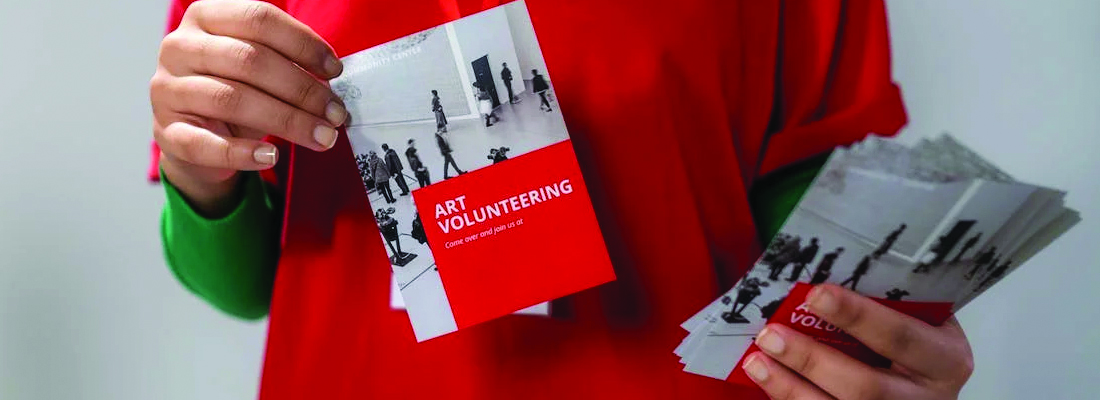In today’s digital age, where everything seems to be online, you might think that print marketing has lost its charm. But, think again! Flyer printing remains a powerful tool for businesses to reach their target audience effectively. Whether you’re promoting a new product, announcing an event, or simply spreading the word about your business, a well-designed flyer can make a lasting impact.
When it comes to flyer printing service, choosing the right paper and printing technique is crucial. It can significantly affect the overall look and feel of your flyers, making them more appealing and professional. In this blog post, we’ll explore three popular paper options – 90Gsm, 100Gsm, and 130Gsm art paper, as well as matt paper and maplitho paper. We’ll also delve into the two main printing techniques – digital and offset printing. So, let’s dive in!
1. Flyer print Paper Options:
a) 90Gsm Art Paper:
This lightweight paper is perfect for cost-effective flyer printing. It offers a smooth finish and is ideal for simple designs with minimal text and graphics. If you’re looking for a budget-friendly option without compromising quality, 90Gsm art paper is your go-to choice.
b) 100Gsm Art Paper:
Slightly thicker than 90Gsm, this paper provides a more substantial feel and improved durability. It’s suitable for vibrant designs with moderate ink coverage. If you want your flyers to have a professional look and feel, 100Gsm art paper is a reliable option.
c) 130Gsm Art Paper:
If you’re aiming for a premium and luxurious look, 130Gsm art paper is the way to go. Its heavier weight makes it more durable and enhances the overall quality of your flyers. This paper is perfect for intricate designs, bold colors, and high-resolution images that demand attention.
d) Matt Paper:
If you prefer a non-glossy, elegant finish, matt paper is an excellent choice. It reduces glare and provides a smooth texture, making it easier to read the content on your flyers. Matt paper is ideal for designs that require a sophisticated and understated look.
e) Maplitho Paper:
Offering a unique texture and a natural feel, maplitho paper adds a touch of elegance to your flyers. It has a slightly rough surface that gives a distinct tactile experience. This paper is perfect for designs that aim to create a vintage or rustic vibe.
2. Printing Techniques
a) Digital Printing:
This modern printing technique is perfect for short print runs and quick turnaround times. It allows for on-demand printing, making it cost-effective for small quantities. Digital printing ensures vibrant colors and sharp details, giving your flyers a professional finish.
b) Offset Printing:
If you require large quantities of flyers, offset printing is the way to go. It offers high-quality prints with consistent color reproduction. Offset printing is ideal for complex designs that require precise color matching and Pantone color accuracy.
Now that you’re aware of the various paper options and printing techniques, let’s talk about the sizes. Flyers are available in three popular sizes – A6, A5, and A4. A6 is the smallest size, perfect for handing out or placing in envelopes. A5 provides more space for designs and content, making it versatile for various purposes. A4 is the largest size, ideal for detailed designs and comprehensive information.
In conclusion, flyer printing service is an effective marketing tool that can help your business stand out from the digital noise. By choosing the right paper and printing technique, you can create visually appealing flyers that capture attention and leave a lasting impression. So, go ahead, experiment with different paper options, unleash your creativity, and watch your flyers become powerful ambassadors for your brand!
Keywords: Flyer Printing, Leaflet Printing, Pamphlet Printing, Digital Flyer Printing & Offset Flyer Printing.


